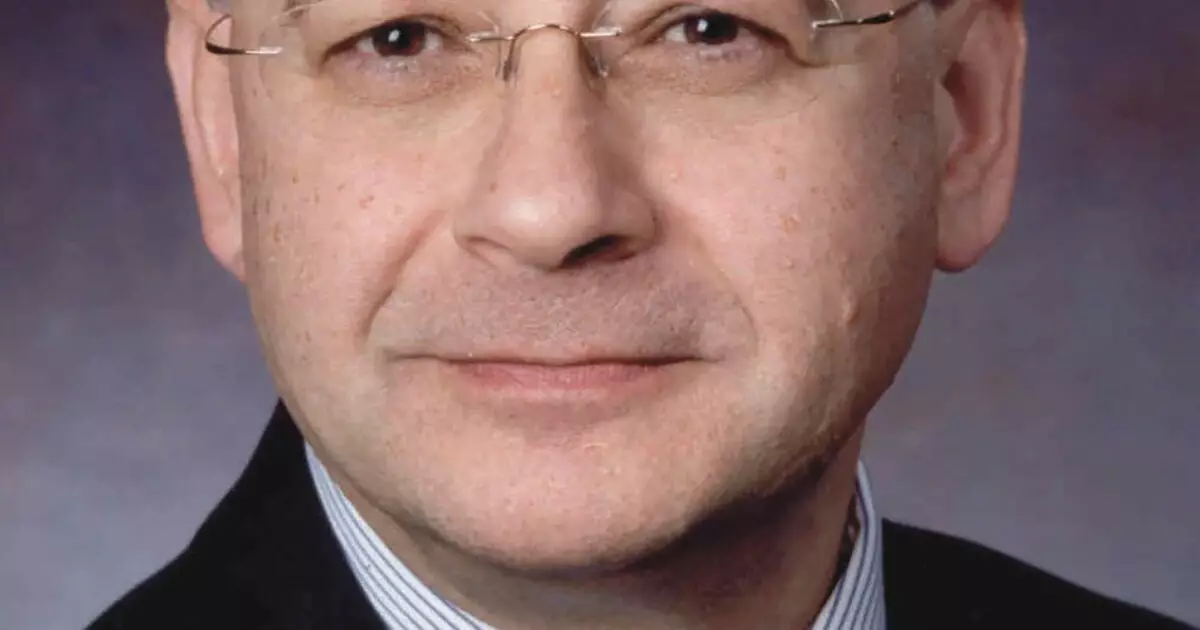The intricate world of American politics often reflects a balancing act, particularly when it comes to influential committees like the House Committee on Transportation and Infrastructure (T&I). Known for its less theatrical approach to politics, the T&I committee is now at the brink of a potential post-election upheaval. This article delves into the dynamics of leadership within the committee and the broader implications for public transportation policy.
The Stakes of Leadership Change
As the nation gears up for the upcoming elections, the future of leadership in the T&I Committee remains uncertain. Currently led by Representative Sam Graves, a Republican from Missouri, the committee might witness intense competition for the chairmanship, especially if the composition of the House shifts following the elections. Graves has had a significant tenure on the committee, but his potential to continue past the traditional six-year term presents a unique challenge. His desire to maintain leadership, coupled with the emergence of fellow Republican Representative Rick Crawford of Arkansas as a contender, sets the stage for a significant power struggle.
Crawford’s announcement to run for the committee chair adds another layer of complexity. If the Republicans retain control of the House, this rivalry could intensify. Graves, representing a predominantly Republican district, is anticipated to maintain his seat with relative ease, giving him a solid foundation. However, the need for a waiver from the Republican Steering Committee to extend his chairmanship could be a decisive factor, reflecting the intricate hierarchy within the party and its leadership.
Conversely, if the Democrats manage to reclaim the House, the scenario shifts dramatically. Ranking Member Rick Larsen, a veteran politician from Washington, would likely regain the committee’s gavel. Larsen has established himself as a staunch advocate for reauthorizing the Bipartisan Infrastructure Law, a piece of legislation crucial for the nation’s transportation framework. His opponent, Cody Hart, presents a unique but less formidable challenge. As a newcomer with a strong affiliation to the MAGA movement, Hart’s chances against the experienced Larsen seem slim. This landscape highlights the importance of continuity and experience in navigating the complexities of transportation policy in the U.S.
The considerations of party stability and leadership retention in the T&I Committee underscore the broader implications for public transportation funding. Advocacy groups like the American Public Transportation Association (APTA) are keenly observing these developments. The APTA’s strategy will likely adapt based on the prevailing party majority, emphasizing its ongoing commitment to robust public transportation investment irrespective of which party assumes control.
The T&I Committee wields considerable influence over a wide array of issues pertinent to Americans’ daily lives. Its jurisdiction encompasses key sectors, including highways, bridges, mass transit systems, and aviation, as well as oversight of critical agencies like the Environmental Protection Agency and the Federal Emergency Management Agency. This extensive mandate emphasizes the committee’s role in shaping the infrastructure landscape of the country.
The recent legislative activity led by the committee—approving a substantial number of bills—signals a proactive approach to addressing pressing transportation issues. The approval of 29 measures indicates significant momentum and the capacity to influence policy positively, even in a landscape marked by political contention.
As the elections approach, the outcomes will likely reshape both the leadership and priorities of the T&I Committee. The results may herald a new era in public transportation dialogue, pushing forward or halting critical initiatives depending on which party controls the narrative.
The T&I Committee serves as a focal point for understanding the intersection of politics and public transportation policy. The potential struggles for leadership within the committee encapsulate broader national conversations about infrastructure investment and the pivotal role of government in driving societal progress. As industry groups prepare for the inevitable power shifts, the significance of strategic communication in promoting an effective policy agenda becomes increasingly apparent. The dynamics of this committee will be one to watch as they reflect the challenges and opportunities shaping the future of transportation in America.

